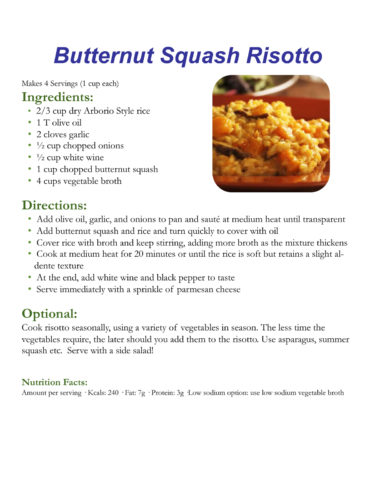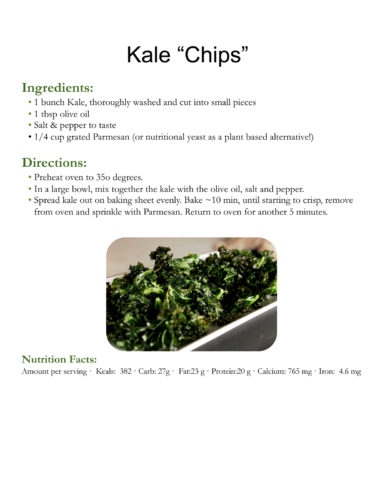By Breanne Nalder, MS, RDN — Pardon the lame joke, but in college we try to avoid gaining the “freshman 15” right? Let’s not have staying at home lead to a fluctuation of 19. You’re likely tired of hearing ideas on how to get through this pandemic. Well, I want to acknowledge that it has affected each of you in unique ways. Whether it’s the amount you are riding your bike and/or your overall health, the time has added up and it seems that we have a while to go … my hope here is to offer some guidance on navigating your food choices while you work, ride, home school etc., from home.
Making your own meals
Whether you are actively grocery shopping or having your food delivered, the choices you put into your cart are crucial. Keep in mind a few strategies:
- Pick your produce first. The fresh fruits and veggies must be eaten before they over ripen so you’re more likely to eat those colorful, nutrient dense foods first.
- Frozen is better than canned. You can stock up on frozen fruits and vegetables because they retain their nutrition, whereas canned goods lose their vitamin and mineral content to the water they are in. And hopefully you’d never choose the ones that are preserved in sugar/syrups! Exception: beans and legumes are absolutely fine and lose no nutritional value in the can, so keep using them for protein and fiber sources.
- Avoid purchasing the guilty treats altogether. Simply put, if there aren’t cookies in the jar you won’t eat them!
- Measure out your portions. If you do have treats or chips or even trail mix, make sure to put the appropriate amount in a separate bowl so you don’t mindlessly pack in 1000 calories of nuts because they are in the Costco sized bag next to your computer while you work.
- Get creative! Look at what’s fresh now and build meals around that. For example, a butternut squash risotto and kale “chips” with the winter harvest veggies (see attached recipes!).
Ordering takeout
It’s not expected that you be a gourmet chef or cook every single meal on your own. And there are so many options for food delivery, you can take advantage of the convenience while still making healthy choices. A few simple tips:
- Get sauces and dressings on the side so you can be in charge of the saturation.
- Opt for steamed veggies or side salad over the side of fries. Enough said.
- Even if it’s not the healthiest delivery, have 1 portion and save/freeze the rest for another night. For example, pizza: load it with veggies, ask for light cheese, and have one slice with a side salad and save the rest. You’ll have multiple meals that way and not overindulge!
Fueling yourself during indoor workouts

This is a cycling-oriented magazine, so let’s talk about nutrition for your rides on the trainer (or outdoors if you brave the cold temps!). We still need to fuel as we would during the summer months, and likely be more focused on nutrition in these conditions.
When riding stationary, we sweat incredible amounts, right? All the more reason to hydrate properly. Shoot for 2 bottles per hour, at least one of those having electrolyte mix. If you’re on the trainer more than an hour, aim to consume 30-60g of carbohydrate per hour (based on intensity of workout and body size). And finally, be sure to recover, especially if you ride most days. You have a 30-minute window to replenish the carbs and hydration you lost during the ride as well as get some protein in to start rebuilding the muscles you tore down in the effort. This reminds me of my favorite line: work hard, revive harder!” You’ll find that you can train consistently when you fuel and rest with as much integrity as you exercise.

This all applies for outside riding in the winter, but for the opposite reason. Instead of excessive sweating, you may not be triggered to drink in the cold, and it may be too much of a bother to try and take in food with all the layers and think gloves, etc. but your body is working hard to ride AND to stay warm. You’re losing hydration and burning kJs as much or more in adaptation to the cold, so that fuel is crucial. Using a mix in all your bottles can help you stay on top of the hydration, electrolytes, and calories.
The takeaway message here is that you want to fuel your body year-round and base the specific choices on the intensity and duration of the ride. You will perform better with the proper gas in the tank!
Breanne Nalder, MS, RDN has a Master’s degree in Nutrition with an emphasis in Sports Dietetics at the University of Utah. She is a Registered Dietitian, the nutrition coach at PLAN7 Endurance Coaching, and races on the road and gravel at the professional level. For personal nutrition coaching, you can reach Breanne at 801-550-0434 or [email protected].

